Mad Systems Inc., the award-winning audiovisual and interactive system designer and integrator, has created the QuickSilver® solution to be a complete, sophisticated system. This is a state-of-the-art alternative to traditional AV systems, which require a stack of components made to work together using a show controller.
Speaking about the limitations of the usual approach, Maris Ensing, the founder of Mad Systems, says:
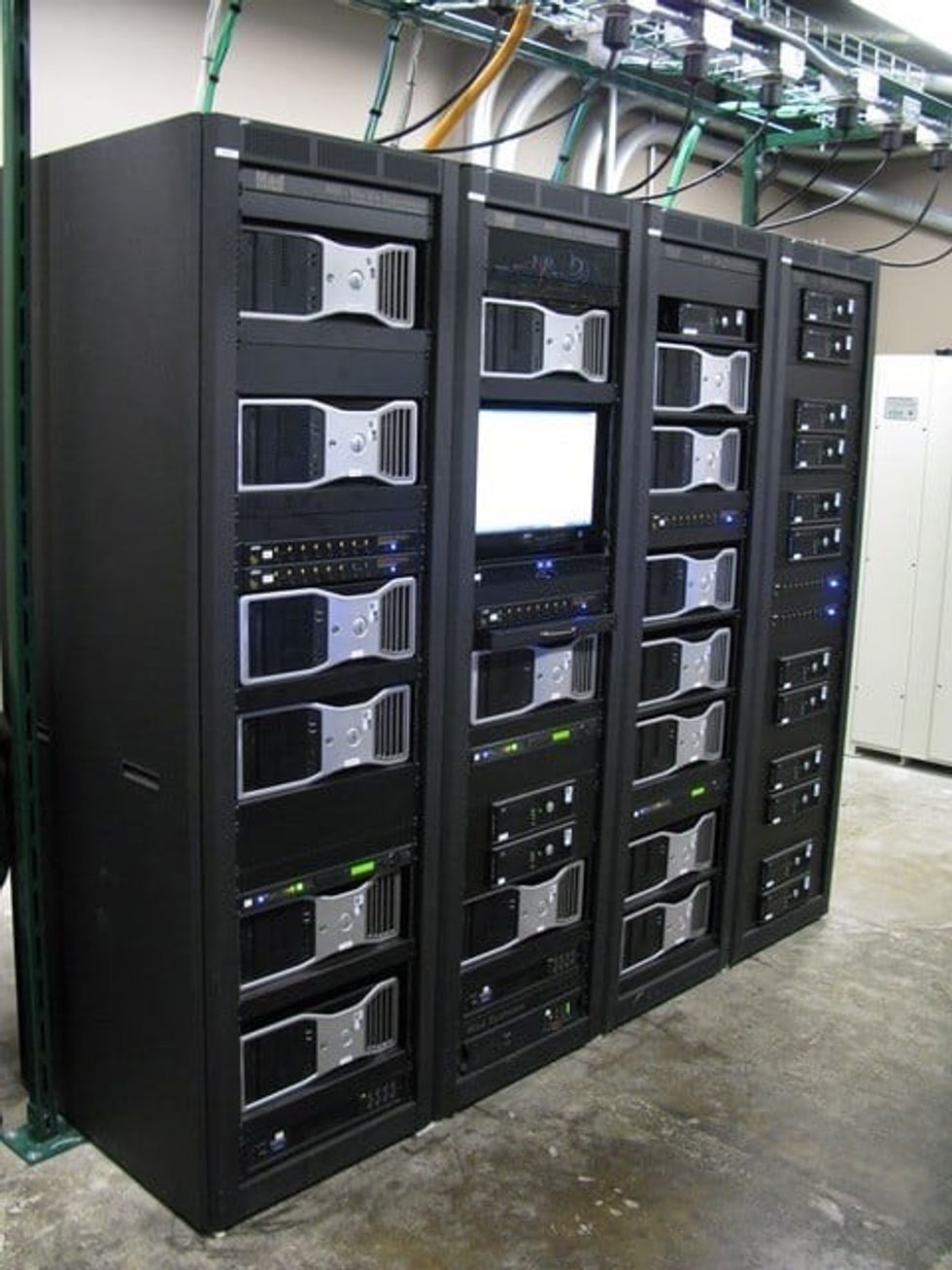
“This is how all of us used to build AV systems. You get the devices you need and get drivers together for the show control computer that then, all being well, glues the result together. You hope that there are no issues with the individual elements or interactions, and if there are that you can fix them. The approach has worked, but obviously, there are a lot of things you will never be able to do well, if at all.”
More possibilities than ever before
QuickSilver is fundamentally different in that it is set up as a complete ecosystem. Mixing and matching is still possible, but on the whole not necessary as this solution provides all the elements that users need.

“Having designed QuickSilver as an ecosystem, there are things you can do that are virtually (or actually) impossible to achieve with a disparate set of ever-changing components,” explains Ensing. “But there are also advantages even in the ‘little’ things. QuickSilver can use the same hardware for a number of different functions, and it can even switch from commercial to industrial-grade hardware if preferred.”
The solution is flexible too. If a piece of hardware goes obsolete, another piece of hardware can be substituted without affecting the overall system. That same substitute can be used as a replacement in older systems even if the form factor changes, so obsolescence is designed out.
Spares requirements are reduced as it can use the same hardware for different functions. Assisted self-healing, possible with QuickSilver, simply does not exist in the outside world. Power management is a logical integral part of the system. It also allows the user to do things like create self-monitoring systems with automatic fault reporting and a host of other more advanced options that are impossible to achieve with the traditional mix and match approach.

Easy to install and maintain
There are also advantages from the installers' point of view. It allows them to eliminate signal extenders and get rid of racks, and means they don’t need to terminate several CAT cables. Plus QuickSilver now has a QR code on each of the peripherals, which when scanned will not only show the status of that unit but also allows the installer or maintenance person to interact with it.
“For any of us being used to talking on a walkie-talkie and having someone in the control room to turn things on and off while we’re checking what’s going on in the field, this is a major departure,” says Ensing. “Just scan the QR code, or get to the unit’s status/control page from the main system control page, and you can now manipulate inputs and outputs, kick off media, control interactives and a whole lot more.”
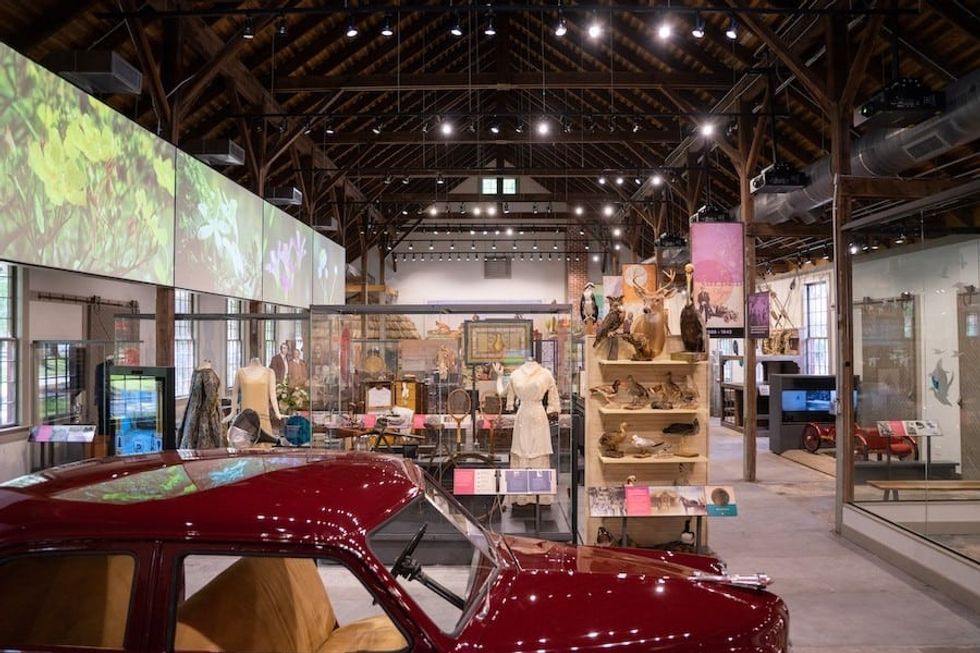
“The fact that the resulting system is more flexible and more affordable than anything out there is just icing on the cake!”
Mad Systems Inc. recently celebrated the opening of Crayola IDEAworks: The Creativity Exhibition at its world premiere location, the Franklin Institute in Philadelphia. This is the first travelling exhibit to use Mad Systems’ QuickSilver solution, making exhibition operations easier.
Header image: Truman Museum and Library
Charlotte Coates is blooloop's editor. She is from Brighton, UK and previously worked as a librarian. She has a strong interest in arts, culture and information and graduated from the University of Sussex with a degree in English Literature. Charlotte can usually be found either with her head in a book or planning her next travel adventure.
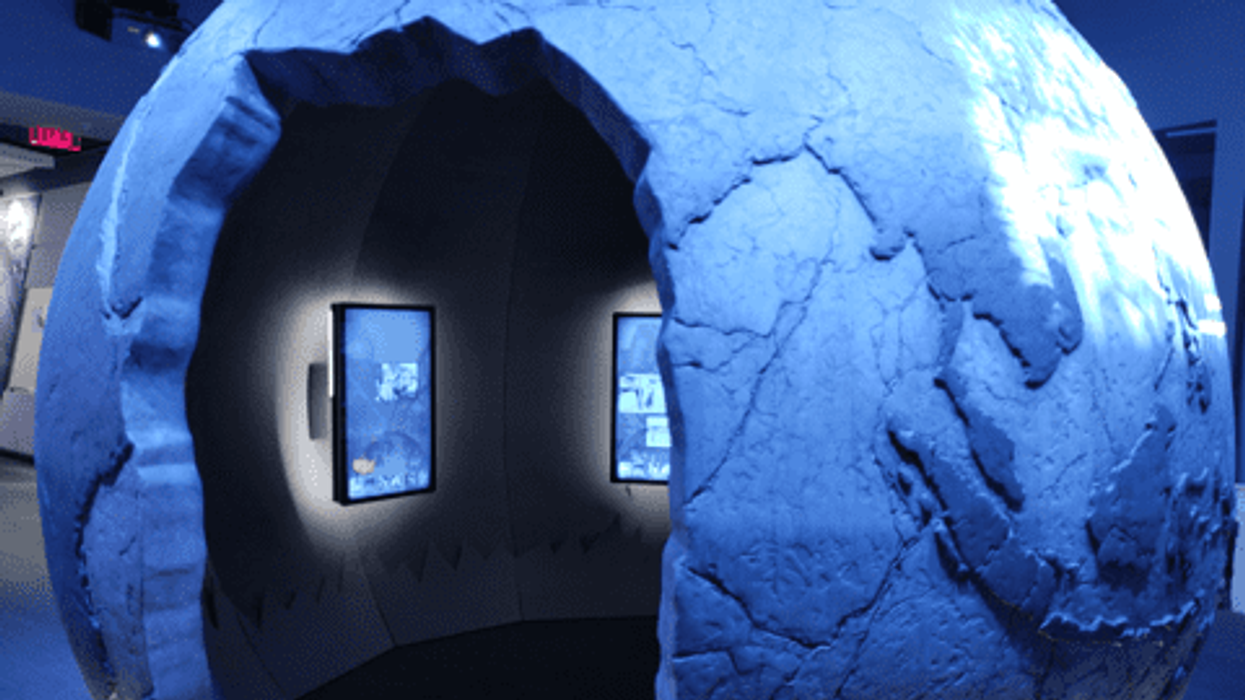





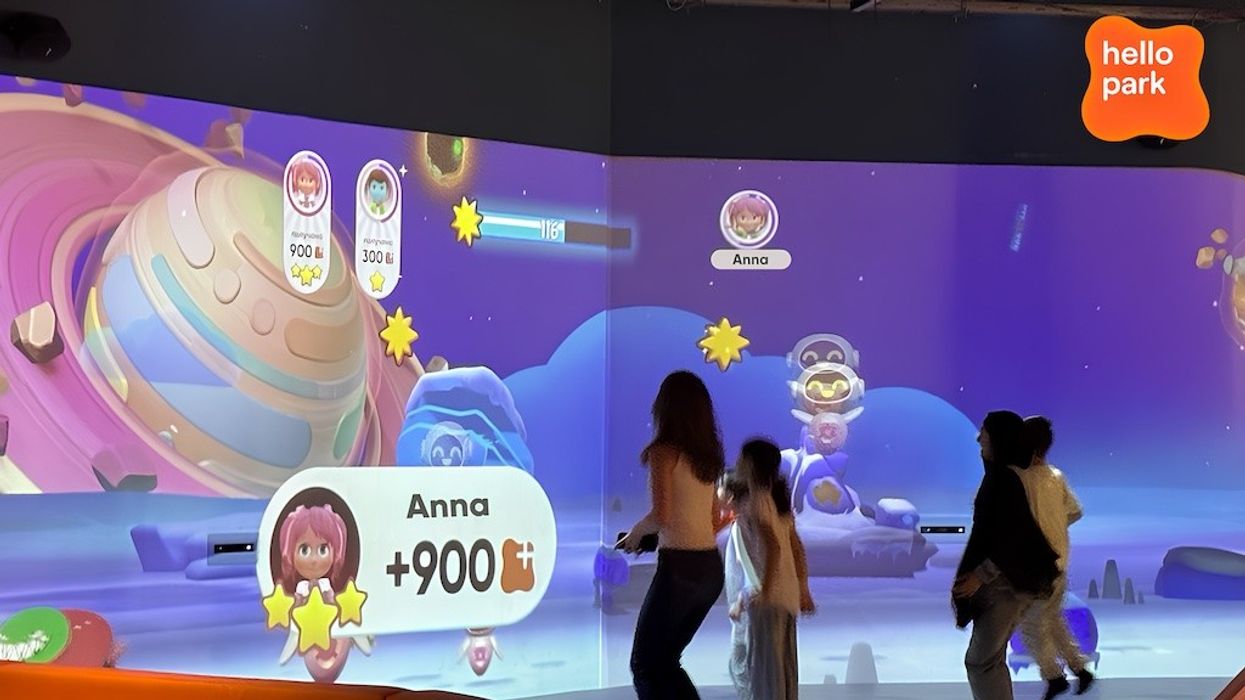








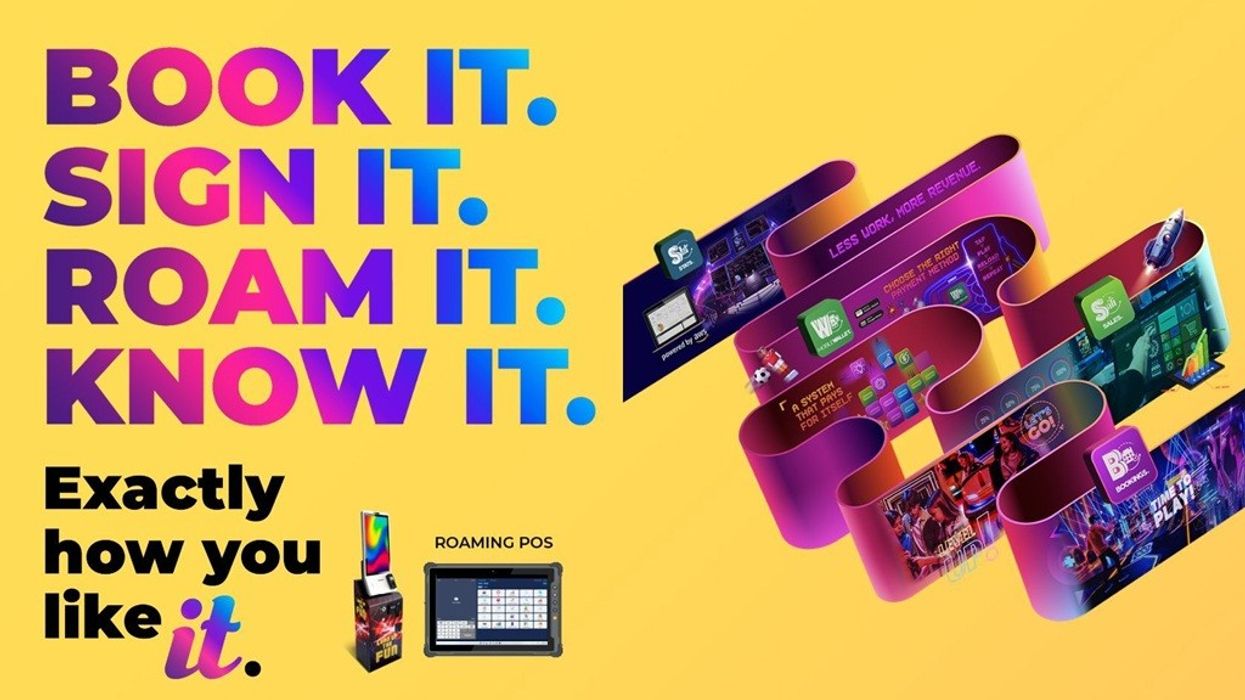

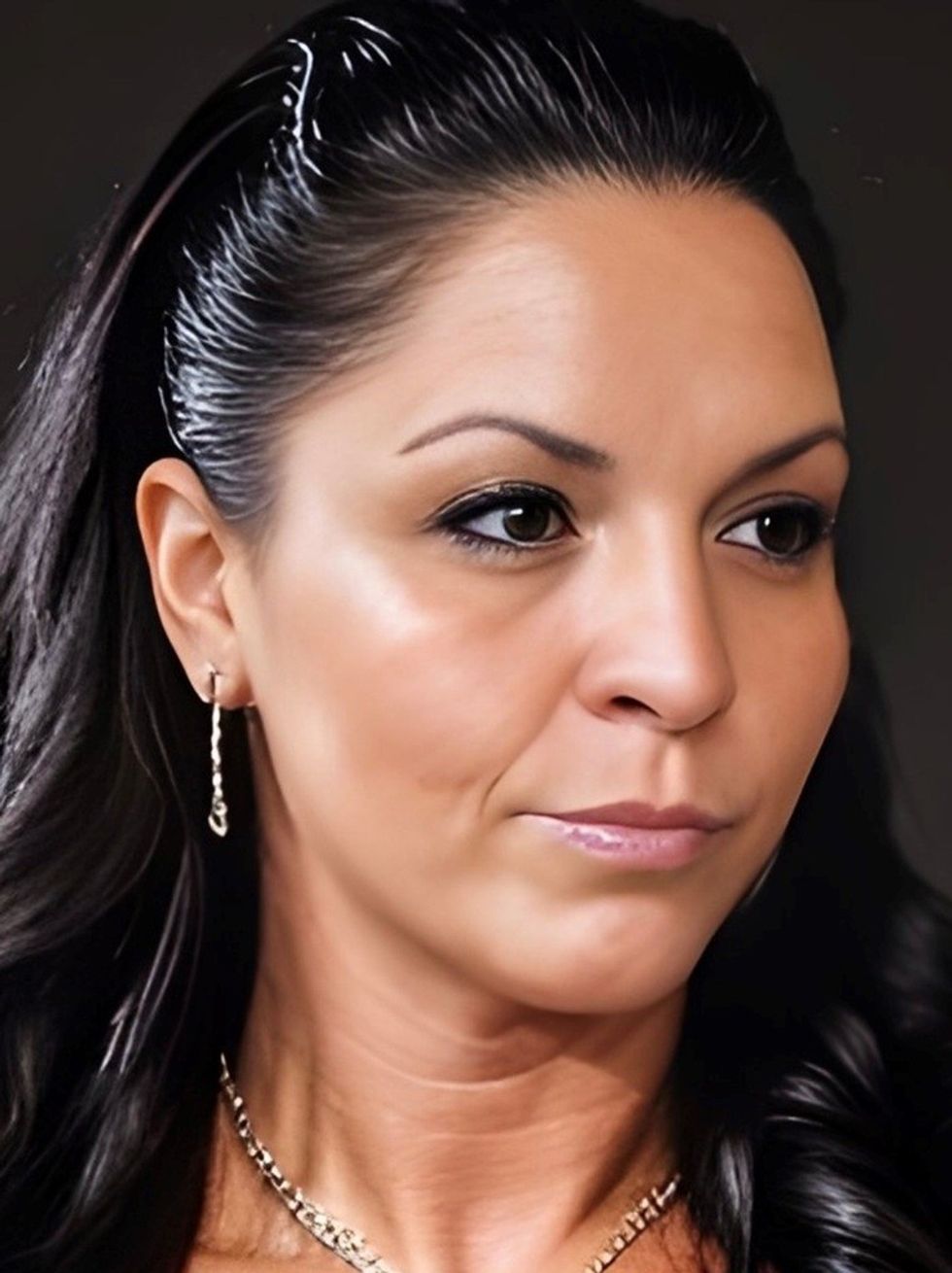 Jade Craig
Jade Craig
